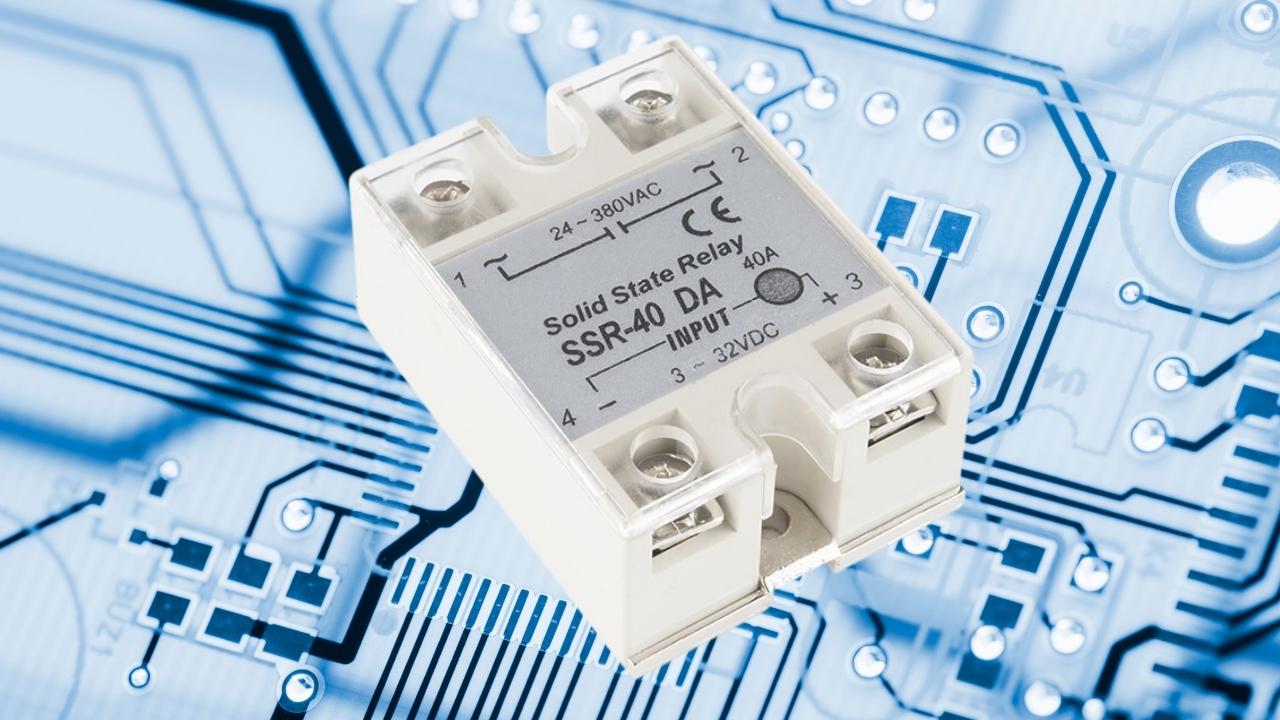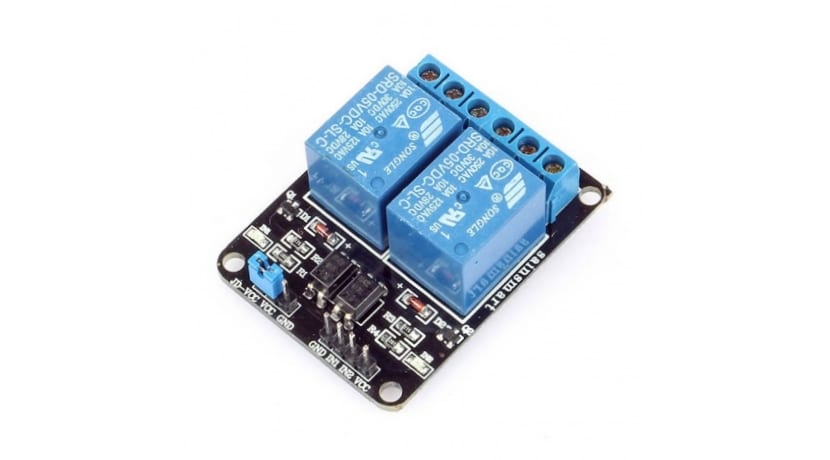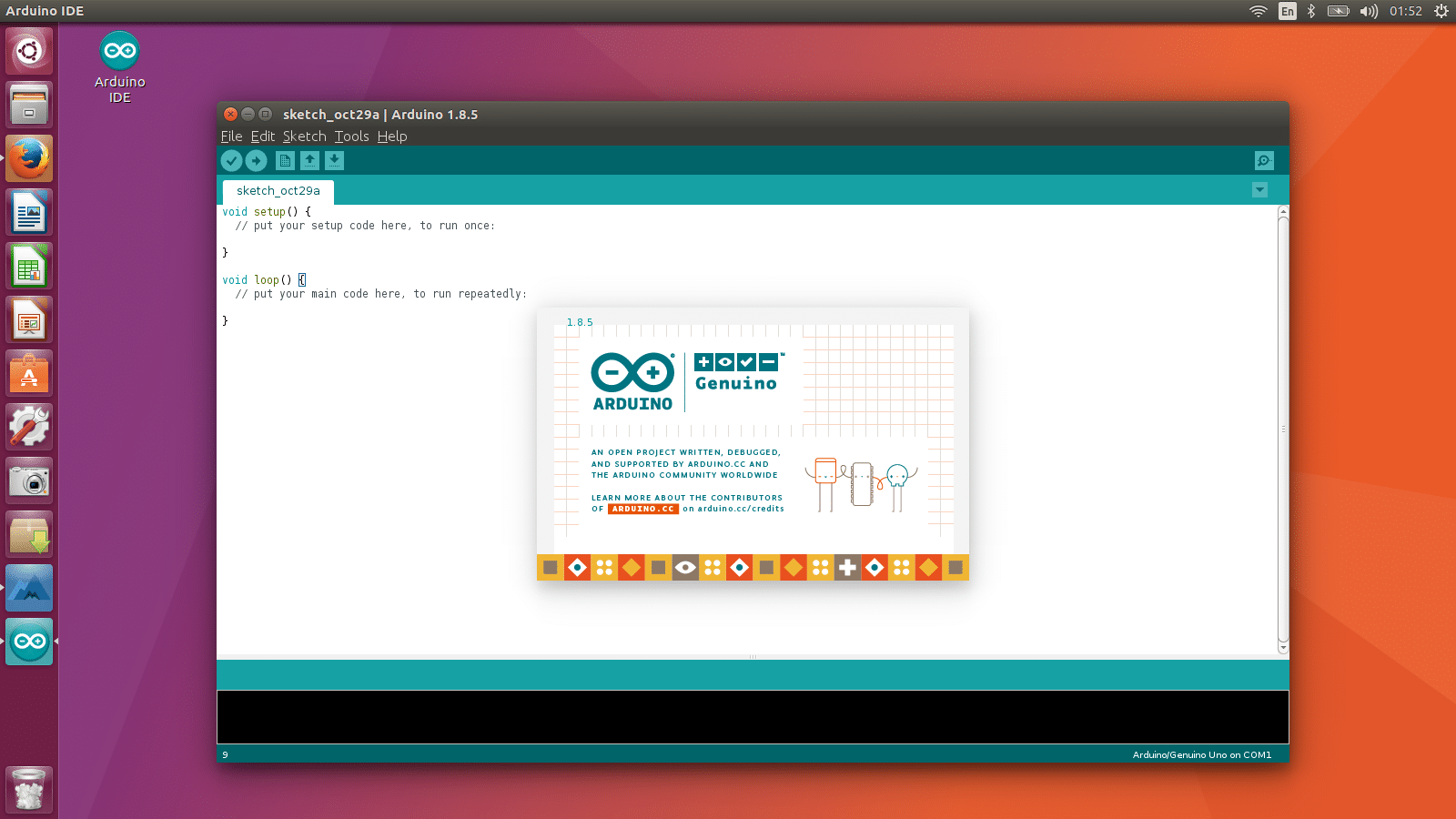
Un solid state relay, or SSR (Solid State Relay), is a device that serves the same purpose as a conventional relay, but has some advantages over it as you will see in this article. If you don't remember well what a relay is or what it is for, you can also See more information in this other article.
Having said that, let's see everything you need to know about this electronics device:
What is an electromechanical relay?
Un electromagnetic relay, often simply called a relay, is an electromechanical device used to control an electrical circuit through the use of an electromagnetic coil. It is basically a switch that is operated by applying or removing an electrical current in the relay coil. When the coil is energized, it creates a magnetic field that attracts or repels a lever or switch inside the relay, opening or closing the electrical contacts, depending on whether they are NC or NO, as we saw in the other article that I recommend you read at the beginning.
These relays are used in a variety of applications to perform functions such as switching of high power electrical circuits or electrical isolation between two circuits that work with different types of current, such as DC and AC. They are particularly useful in situations where you need to control a circuit remotely or when you want to isolate a control circuit from a higher power one. Relays can be found in a wide range of devices and systems, from home appliances and industrial equipment to control and automation systems.
What is a solid state relay?
Un solid state relay is an electronic switching device that allows the flow of electrical current when a small current is applied to its control terminals, or prevents it when no current is applied. That is, in this sense it is very similar to the operation of the conventional relay.
These solid state relays include a sensor that responds to a control signal, an electronic solid state switch that manages the load circuit, and a coupling mechanism that activates the switch without the need for moving mechanical components, as in the case of the electromagnetic. On the other hand, these relays can be designed to switch both AC and DC current.
To make this possible without moving parts, power semiconductors, such as thyristors and transistors, to control currents of up to more than 100 amperes in intensity. Furthermore, being solid state, they are characterized by their ability to switch at very high speeds, in the order of milliseconds, compared to electromechanical relays, and they do not have mechanical contacts that wear out over time. However, it is not all advantages, as we will see later.
For electrical isolation between the two circuits, the control signal is coupled to the control circuit, and most SSRs use optical coupling. This implies that the control voltage activates an internal LED that illuminates and activates a photosensitive diode (photovoltaic), which, in turn, controls the TRIAC (used in AC), SCR or MOSFET (there are usually one or several in parallel to CC) to switch and go from open to closed or vice versa…
Advantages and disadvantages of solid state relay
As you can imagine, the solid state relay has and advantages versus an electromechanical relay, such as:
- Smaller size.
- Low voltage operation, with activation possible from 1,5V or less.
- As it does not include moving parts, it is completely silent.
- They are faster than magnetic ones, since they have response times of milliseconds.
- By not having mechanical parts that wear out or contacts that deteriorate at high currents, these relays are more reliable and durable.
- The output resistance remains constant regardless of use.
- Bounce-free connections, avoiding fluctuations in contact switching.
- They do not produce sparks or electrical arcs that can be dangerous in flammable environments.
- More resistant to shocks, vibrations, etc., since it has no moving parts that can break.
- They do not emit electromagnetic waves that could cause interference in other devices.
Like everything, they also have its disadvantages, As:
- They emit heat due to resistance, which means losses.
- The polarity of the output can affect solid state relays, something that does not happen in electromechanical ones.
- Due to their significantly faster switching capability, solid state relays can experience false switching as a result of transient loads.
- They tend to remain in a closed circuit in the event of a fault, while electromechanical relays tend to remain in the open state. This can be positive for some applications, although not for all...
Applications
Solid State Relays (SSR) can be used in multitude of applications, As:
- Load control in both DC and AC, to control electric heaters, lighting, motors, appliances, heating, cooling, water pumps for irrigation, etc. For example, they can be used in a circuit that activates a fan if the temperature rises to certain degrees, using a temperature sensor.
- Industrial automation. Because they are current-controlled switches, they can be used in industrial control systems for the automation of machinery and processes.
- Medical equipment such as MRI machines, clinical analysis equipment, and physical therapy systems to control the power and devices of these equipment.
- Resistive and reactive load control. Solid state relays are useful in applications where resistive loads (such as heaters) and reactive loads (such as motors) need to be switched due to their ability to handle a wide variety of load types.
- Transportation systems, such as in rail and public transportation applications, SSRs are used to control signals, lighting, and traffic control systems.
- Others…
Where to buy a solid state relay?
If you would like to buy a solid state relay, you can buy it for very little in specialized stores or on online sales platforms like Amazon:
Use the solid state relay with Arduino
To use a solid state relay with Arduino, the connection is very simple, especially if you use an SSR module. To connect this relay to the Arduino board, you have to make the following connections:
- DC+: this relay input is connected to the 5v connection of the Arduino board.
- DC-: This other input of the relay connects to the GND or ground connection of the Arduino board.
- CH1: if it is a single-channel solid state relay, like the one we are going to give as an example, this relay input will be connected to an Arduino digital output for control, for example, the D9.
- NO/C: they are the outputs of the solid state relay that will be connected to the device we want to control. For example, a light bulb. Take into account the datasheet of the relay you buy, and the imposed limits. For example, some only tolerate a load of 250V AC and a maximum intensity of 2A, make sure not to exceed it...
Having said that, now let's see how would it be programmed, using this simple example sketch:
const int pin = 9; //Pin de control del relé en el que lo hayas conectado, en este caso D9.
void setup()
{
Serial.begin(9600); //Iniciar puerto serie
pinMode(pin, OUTPUT); //Definir pin D9 como salida para el envío de señal.
}
void loop()
{
digitalWrite(pin, HIGH); // Poner el D9 en estado alto para activar el relé
delay(5000); // Esperar 5 segundos
digitalWrite(pin, LOW); // Poner el D9 en estado bajo, para desactivar.
delay(5000); // Esperar 5 segundos
}
As you can see, it is a very simple code, so you can modify it and learn how to use the relay. In this case we have simply created a loop so that the relay is constantly going from one state to another...








